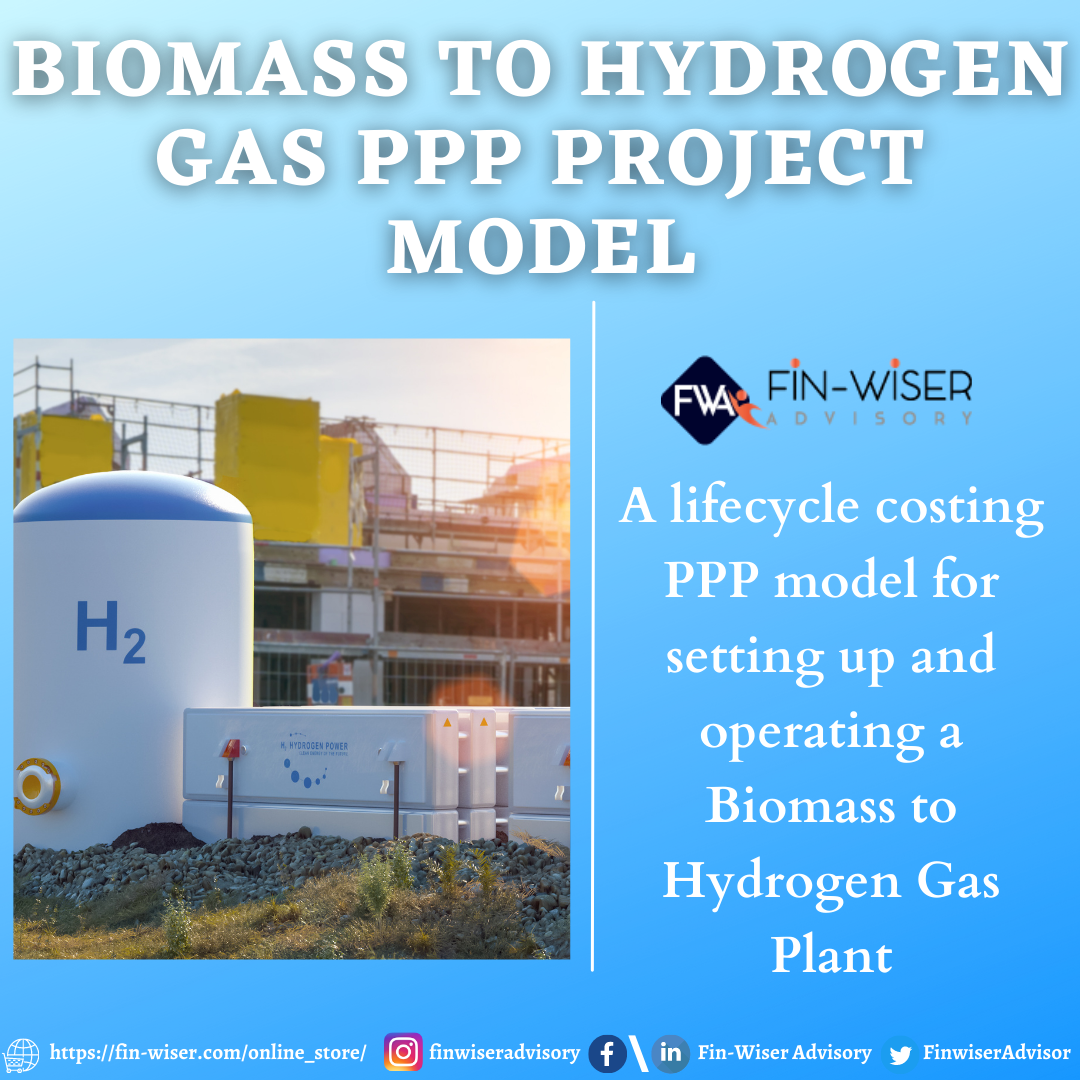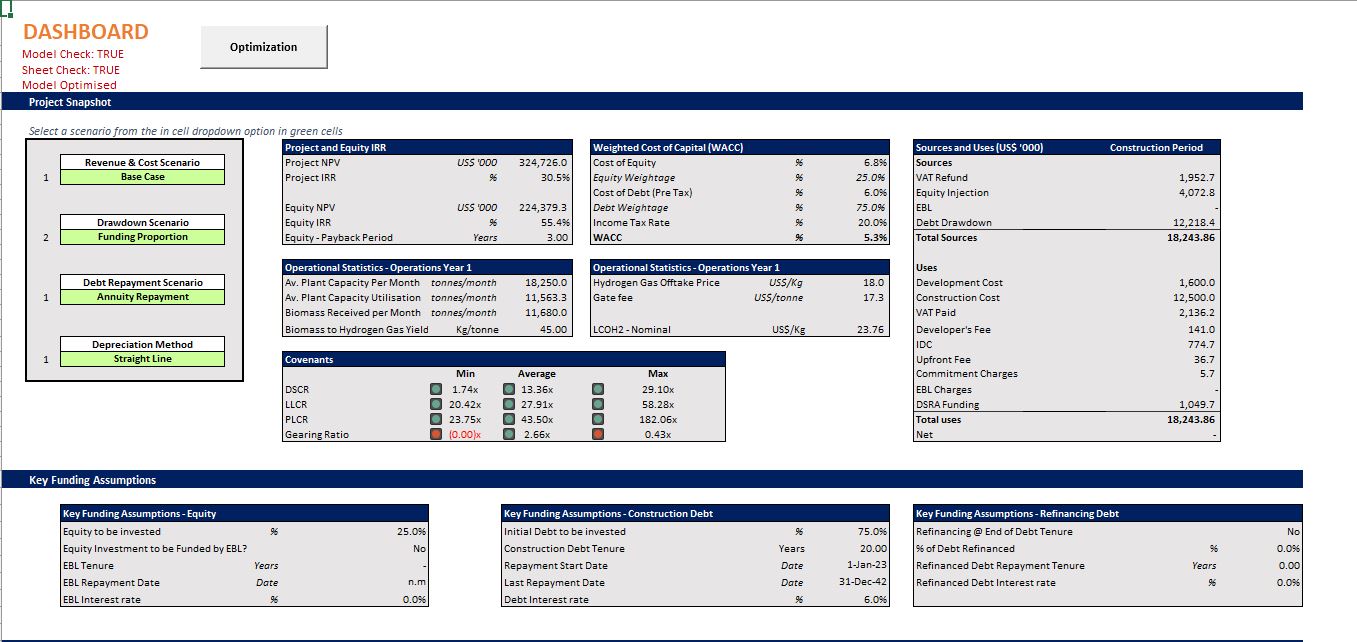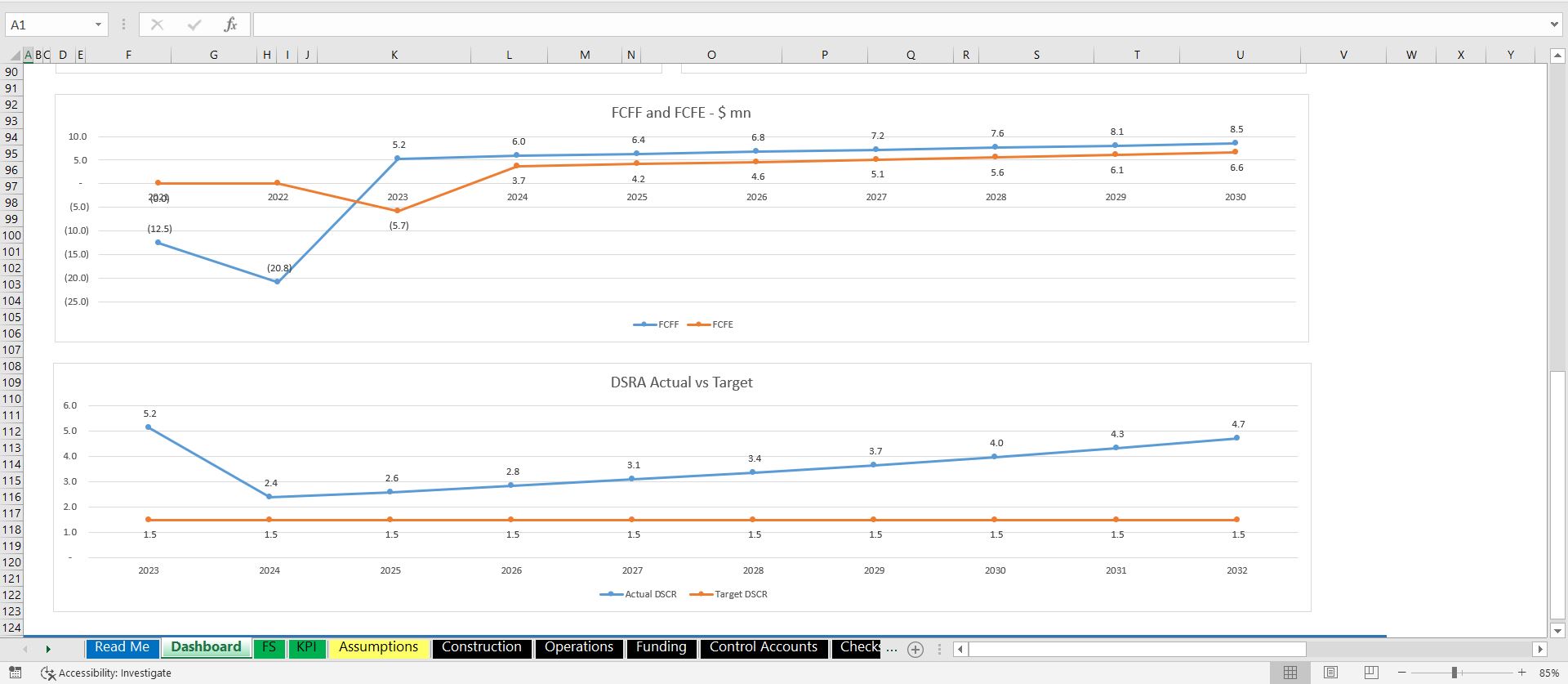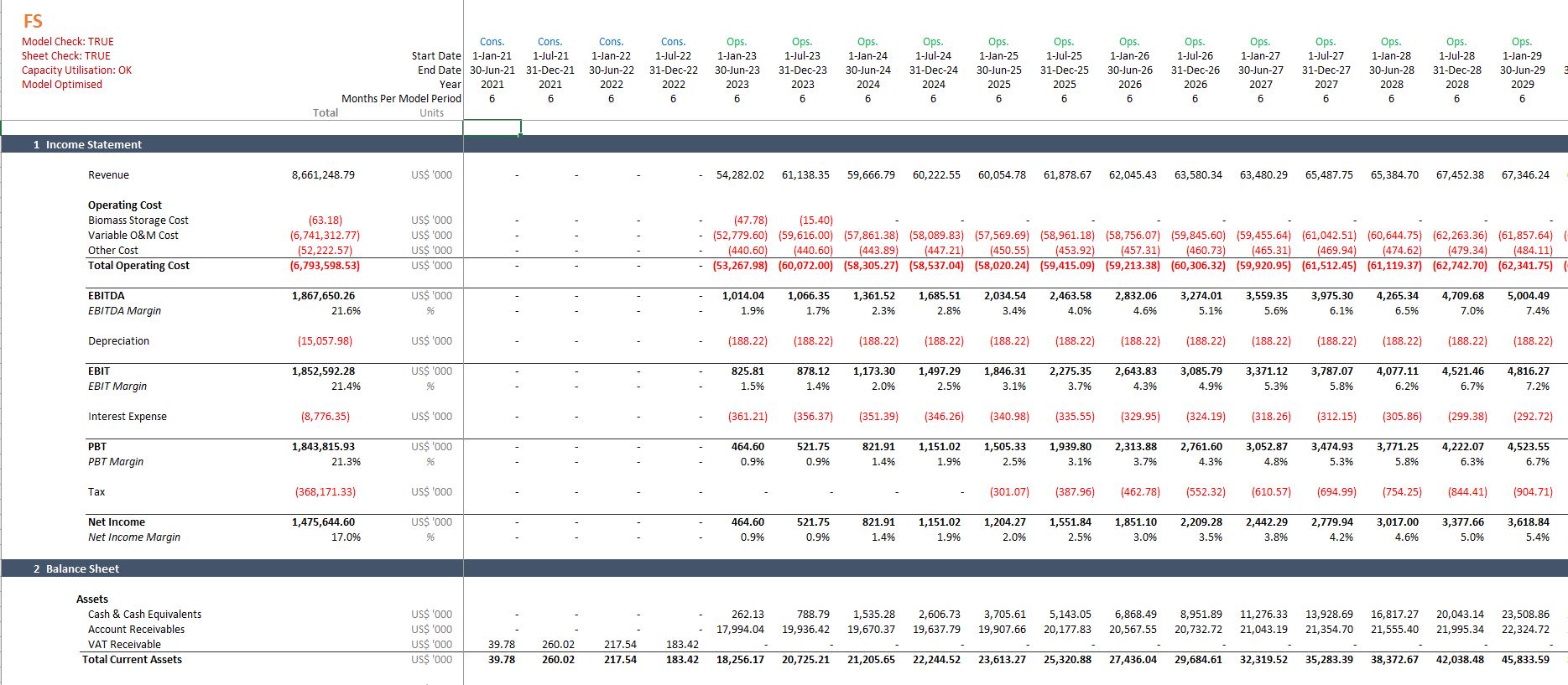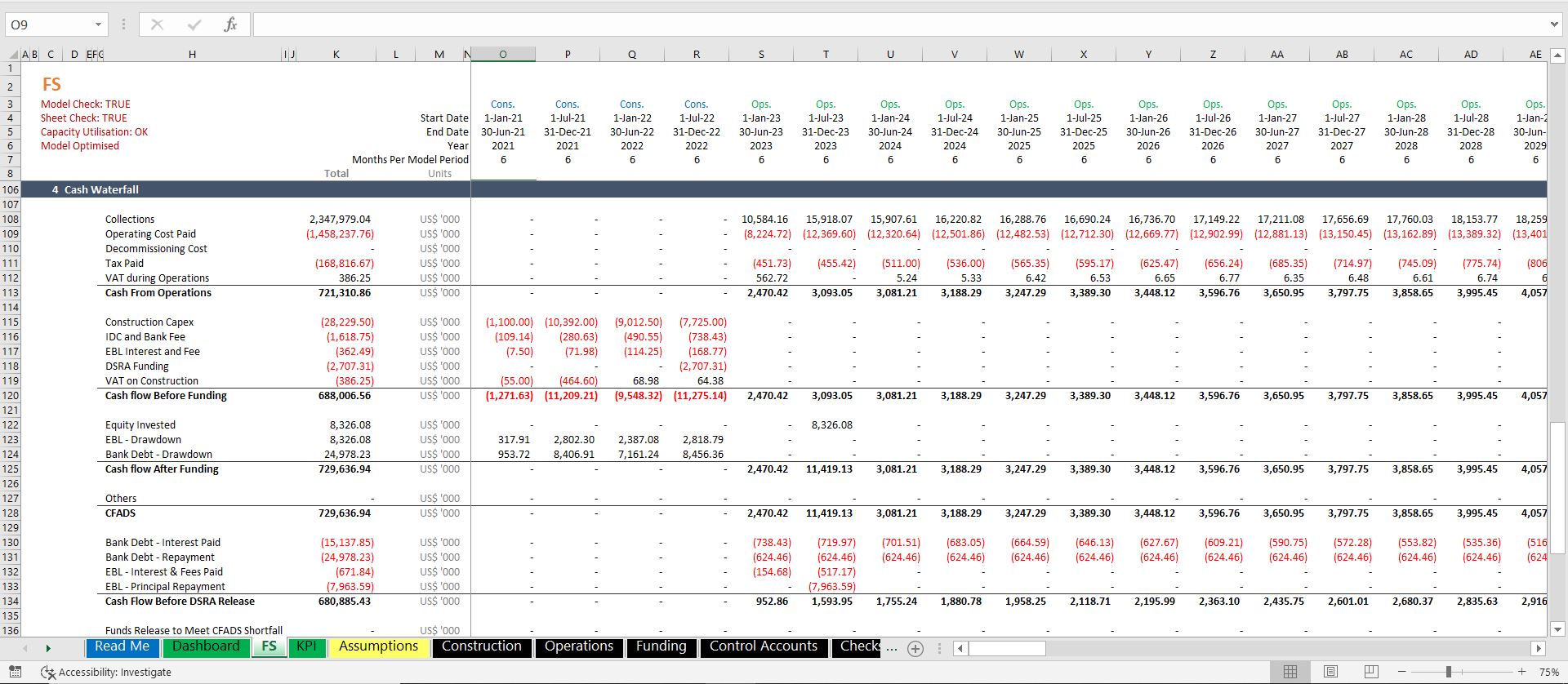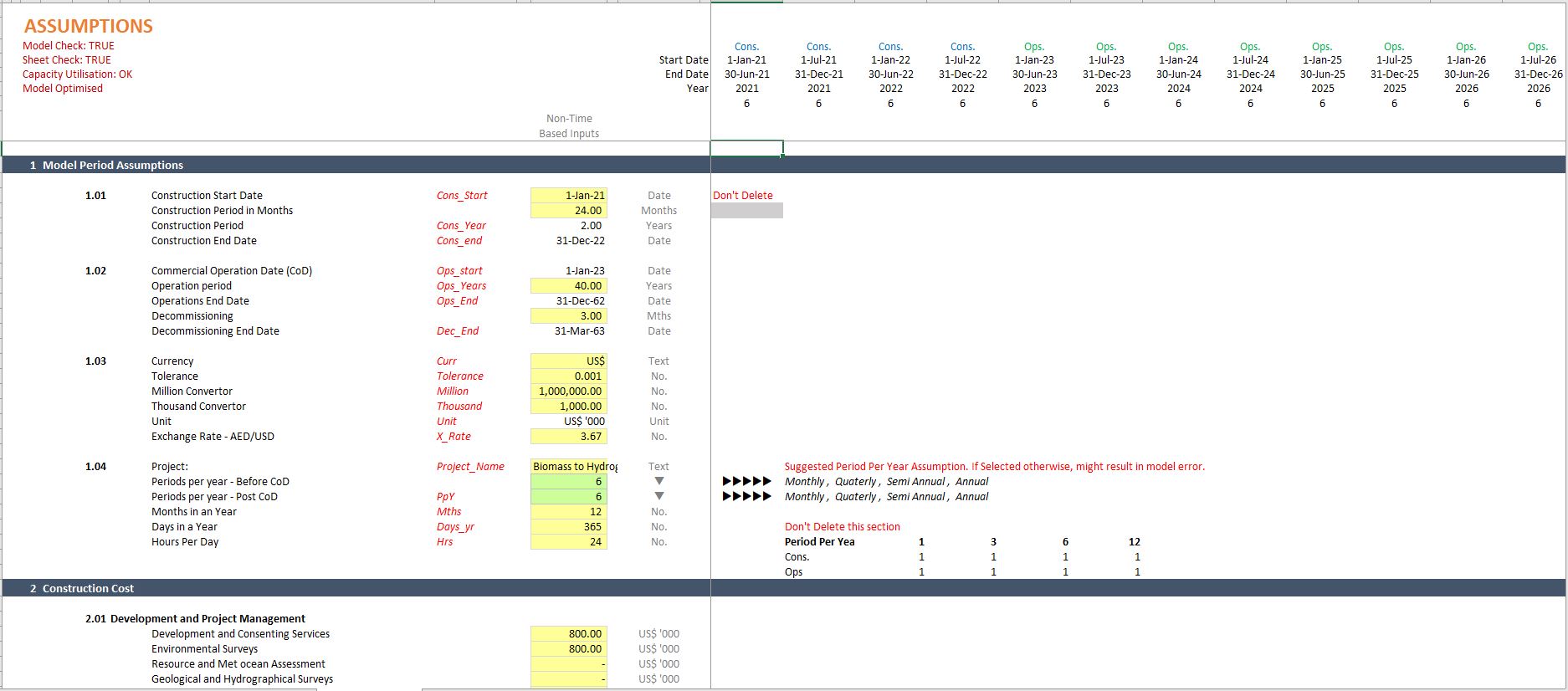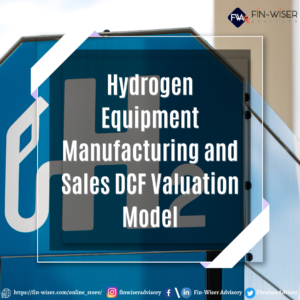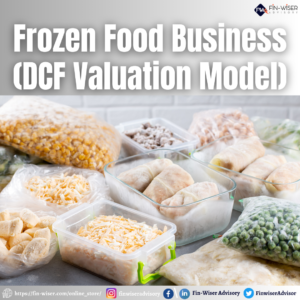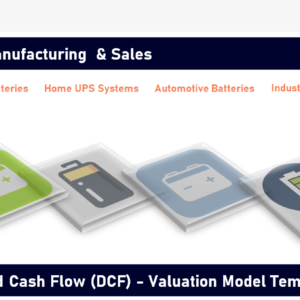Biomass to Hydrogen Gas PPP Project Model with 3 Statements, Cash Waterfall & NPV – IRR Analysis
$149.00
Categories: Featured Products, Financial Model, Paid, Project Finance & PPP Models, Renewable Energy
Tags: airhydrogen biomass Cash Flow Analysis Cash Flow Projections debt debt funding Debt Schedule debt service coverage ratio Discount Rate dscr equity equity funding equity irr equity payback Financial Debt Financial Feasibility financial model financial modeling Financial Projections Financial Ratios financial statements Financing fuelcell gas pipeline gas transport gas truck green hydrogen greenhydrogen grey hydrogen greyhydrogen hidrigin hidrogênio hidrógeno hidrojen hydro hydrogen hydrogen sale hydrogène hydrogenwater idrogeno Investment Multiple Investor Cash Flows irr IRR (Internal Rate of Return) KPIs (Key Performance Indicators) natural gas npv NPV (Net Present Value) oiland gas oilandgas Profitability Analysis project finance renewable tank truck väte WACC (Weighted Average Cost of Capital) Wasserstoff waterstof водород هيدروجين 氢 水素 수소
Description
Fin-wiser’s Biomass to Hydrogen gas PPP project model helps users to assess the financial viability of a hydrogen gas production plant (Biomass to Hydrogen gas), by capturing all the essential inputs related to construction, operation, and financing.
The Model includes assumptions related to:
- Development cost, Construction costs, and Developer’s Fee
- Plant processing capacity, biomass received per month, conversion factor, and storage capacity.
- Hydrogen Gas Sales, Gate fees, and other sources of revenue.
- Waste Treatment Cost, Variable O&M cost per tonne (divided into 8 subheads such as staff, electricity, consumables, transport, and fuel), and other fixed costs (SPV, insurance, land lease, community payment, management fee & more)
- Flexible Funding Profile – Cash equity, Bridge Loan, Bank Debt, DSRA, and Bank overdraft
- Working Capital Assumptions related to accounts receivables and payables
- Straight Line and Accelerated Depreciation option
- Annuity, Sculpted Debt, and Even Principal Repayment options
- Inflation and Indexation
- VAT during the construction and operations phase
- Decommissioning cost and reserve, if required
Model Output includes:
- Project IRR & NPV
- Equity IRR & NPV
- Minimum and Average DSCR
- LLCR and PLCR
- Equity Payback Period
- Cash Waterfall
- Debt Service Profile
- Integrated Financial Statements
- Fully Integrated Dashboard
Model Package includes:
- Excel-based financial model (Excel binary format i.e. xlsb)
- Macro Word Document – This includes the VBA Code used in the model for the user’s reference
Why Fin-wiser’s Financial Model Template:
- Our model allows greater flexibility in terms of deciding upon the forecast period length. Users can choose from Monthly, Quarterly, Semi-Annual, or Annual forecast period lengths. This provides more detailed data for Analysis.
- The model is divided into two phases i.e. Construction and Operations. The user has the flexibility to decide upon each period length individually and can also choose to populate each model phase on a monthly, quarterly, semi-annual, or annual basis.
- All revenue and cost assumptions can be input into 3 scenarios. This helps users to assess the impact of multiple business scenarios in one model. This can be operated simply with a click of a button.
- The Debt funding drawdown has 3 scenarios that can help users assess the impact on the IRR and make the best possible negotiations with the financial institutions.
- The debt repayment has been profiled with 3 scenarios i.e. Annuity payment, Even Principal Payment, and Debt sculpted repayment. You can change the scenario with a click of a button and assess the impact on IRR.
- The model is built with Financial Modeling Best Practices and has clearly defined input, calculations, output cells, and tabs to help even a rookie Excel user operate the model efficiently.
- Our Models are thoroughly reviewed and Quality-checked for Arithmetic and Logical flow
Technical Specifications:
- The model uses macros (VBA) especially to consider the interest during the construction phase in the Uses of Funds Table. To run the model optimally, keep macros enabled. In case you do not like Macros, you could manually disable or remove the Macros and will have to rework the model’s logic to be used without Macros but it is not recommended by the author.
- The model is built using the Microsoft Excel 2019 version for Windows. Please note, on certain Mac laptops or MS Excel prior to 2007, Excel with Macros can slow down your computer if your PC does not have enough processing power.
- We advise you not to delete or insert rows and columns into the model if you are not aware of the model structure as it can distort model functioning. If you need assistance with customizing the model template, the author is more than willing to help you. Simply contact us at pushkarkumar@fin-wiser.com and send your model template as well as specifications. We will then get back to you with a quotation for the customization service(billable hours & completion date).
- The model uses Cell Styles
